
Sakai is a city of robust tea culture. It is the birthplace of Sen no Rikyu, the tea master who perfected the Chanoyu Tea Ceremony, and where the merchants further moved Rikyu’s art forward as they developed the culture of tea. Chanoyu was born here because of this rich tea culture, and the art of wagashi flourished here as a way to enhance the cultural experience in which hospitality was celebrated.
A Refined Drink with 1200 Years of History
Today, drinking tea is part of our everyday life—as a way to relax and set your mind free, a way to bring calm to chaos, a companion at mealtimes. But there was a long history before it took root as a common practice.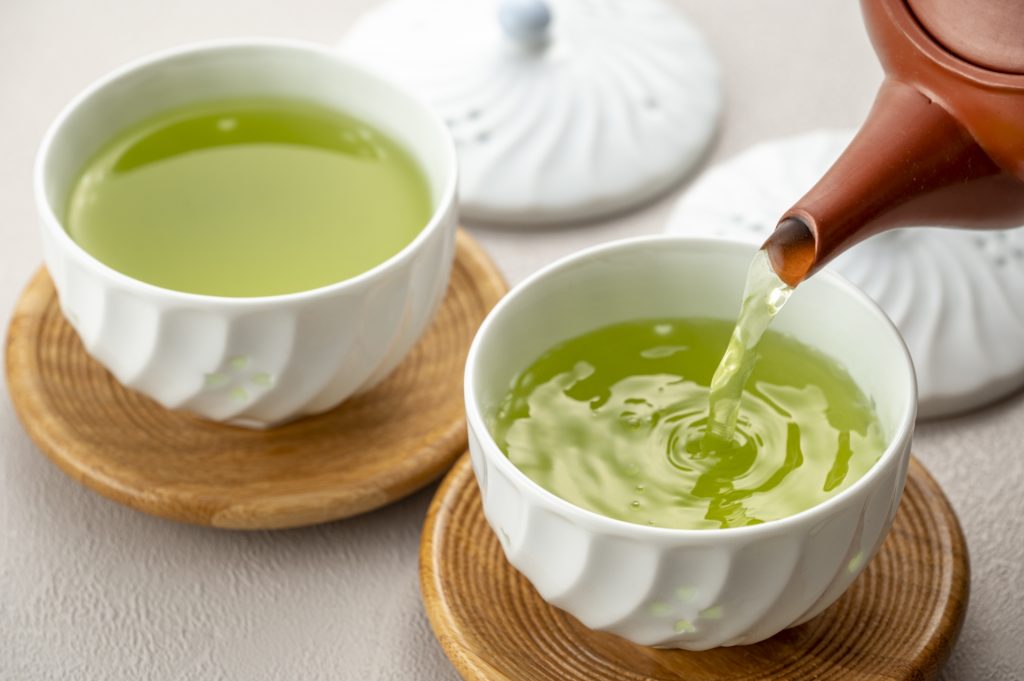 “Tea is the ultimate medicine for nourishing life.” As a Zen monk Eisai described in the oldest book of tea Kissa Yojoki, tea was used as a medicine in Japan around 1200 CE. Even after it became more popular as a drink, the utensils used and the tea rooms where tea was served were extravagant and tea remained a privilege reserved for the upper class. The culture of tea underwent significant transformation during the Muromachi Period (1336-1392 CE). The era saw a shift from the ostentatious tea parties, where nobility showcased lavish tea ware, to minimalist wabi-cha advocated by Murata Juko. This tea ceremony embraced elements of Zen Buddhism and emphasized simplicity. It was around this time that the culture of drinking tea began to popularize among the merchants in Sakai. Then came Sen no Rikyu. Born into a wealthy merchant in Sakai, Rikyu was versed in chanoyu and eventually perfected the art of wabi-cha.
“Tea is the ultimate medicine for nourishing life.” As a Zen monk Eisai described in the oldest book of tea Kissa Yojoki, tea was used as a medicine in Japan around 1200 CE. Even after it became more popular as a drink, the utensils used and the tea rooms where tea was served were extravagant and tea remained a privilege reserved for the upper class. The culture of tea underwent significant transformation during the Muromachi Period (1336-1392 CE). The era saw a shift from the ostentatious tea parties, where nobility showcased lavish tea ware, to minimalist wabi-cha advocated by Murata Juko. This tea ceremony embraced elements of Zen Buddhism and emphasized simplicity. It was around this time that the culture of drinking tea began to popularize among the merchants in Sakai. Then came Sen no Rikyu. Born into a wealthy merchant in Sakai, Rikyu was versed in chanoyu and eventually perfected the art of wabi-cha.
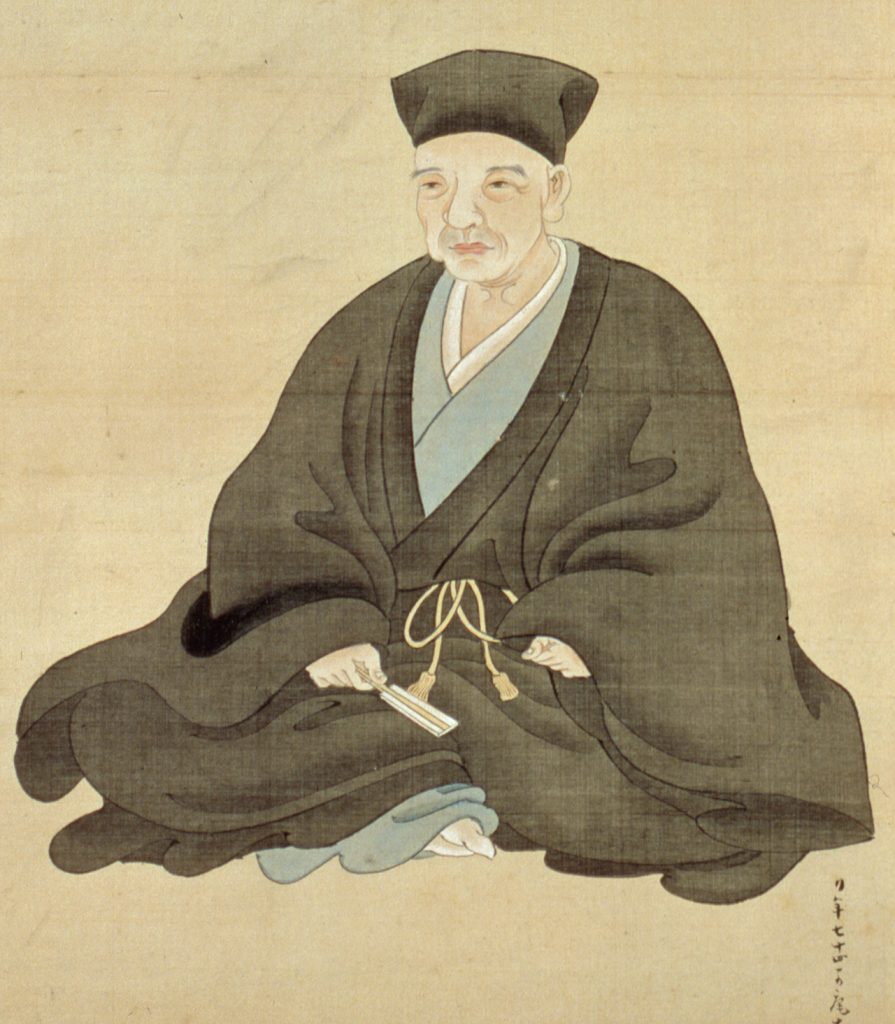
Property of the Sakai City Museum
Wabi-cha replaced the flashy, lavish tea ware with modest ones and incorporated the Japanese aesthetics of wabi into tea ceremonies by eliminating excess completely. Wabi-cha was embraced by the common people as it could be enjoyed freely and continues to be an important part of Japanese culture today.
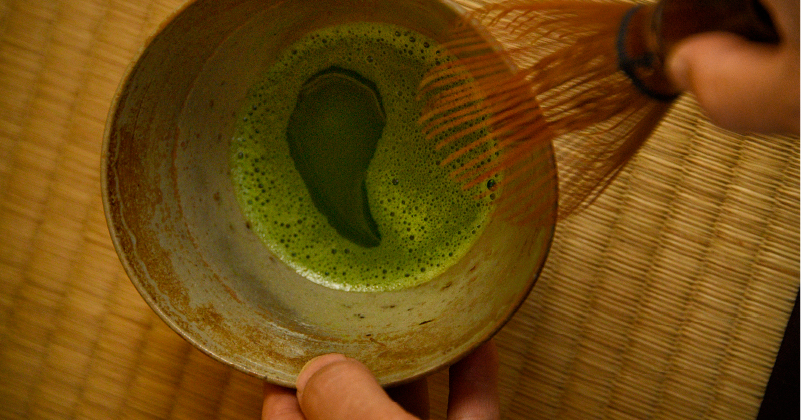
Taken from the official website of Tsuboichi Seicha
Tea at the Heart of Hospitality
Sen no Rikyu described the significance of chanoyu as “appreciating together and creating a bond between the host and the guests” and argued the importance of omotenashi, the Japanese concept of hospitality. In other words, omotenashi is the essence of chanoyu in which the host uses all five senses simultaneously to receive and understand the guests—where they come from, how the weather and the temperature may have affected them, what brought the guests to chanoyu that day, etc. Perhaps this mentality is at the root of the omotenashi culture of Osaka.
Founded in 1850 as a tea wholesaler in Sakai, Tsuboichi Seicha has dedicated to production and distributing high-quality tea for generations and values tea as something that connects people. “It’s important to use the appropriate tea for different needs and the various scenes of the day,” says Tsuboichi Seicha’s 5th generation owner, Junichi Tanimoto. Tanimoto believes that, in omotenashi, it is the responsibility of the host to boil hot water and pour the tea themselves for important guests. Out of his desire to widely share the delight of tea, Tanimoto operates a Japanese tea cafe called Saryo Tsuboichi Seicha Honpo in Sakai where delicious tea-based treats like matcha kakigori (shaved ice) dessert and tea porridge are served.
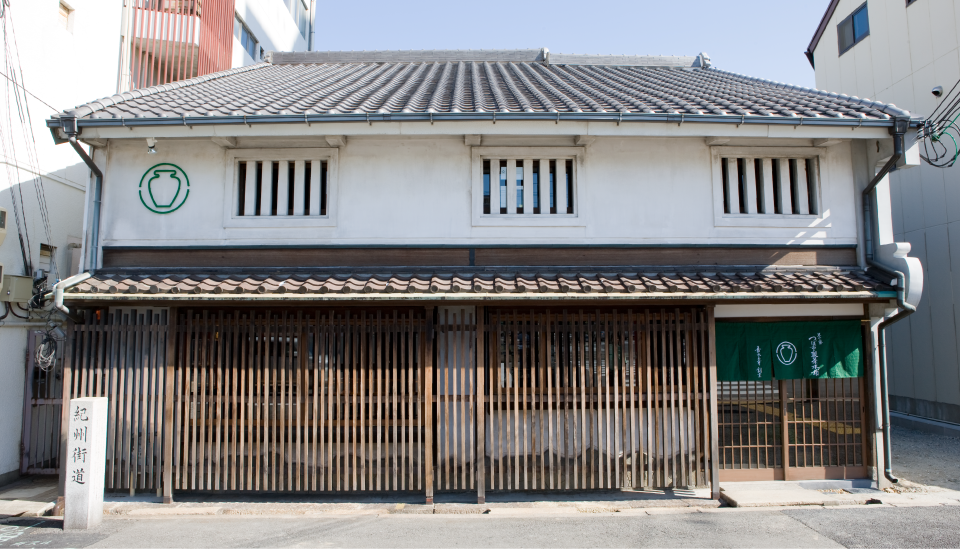
Taken from the official website of Tsuboichi Seicha
Saryo Tsuboichi Seicha Honpo Sakai is located in front of Hankai Tramway’s Shinmeicho Station.
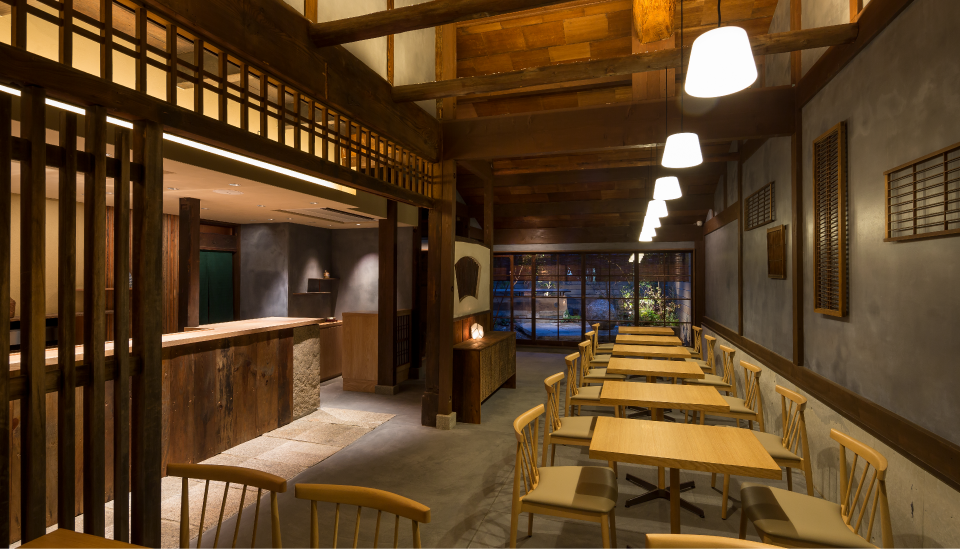
Taken from the official website of Tsuboichi Seicha
The renovated old townhouse is like a “Mountain Hut in the City”.
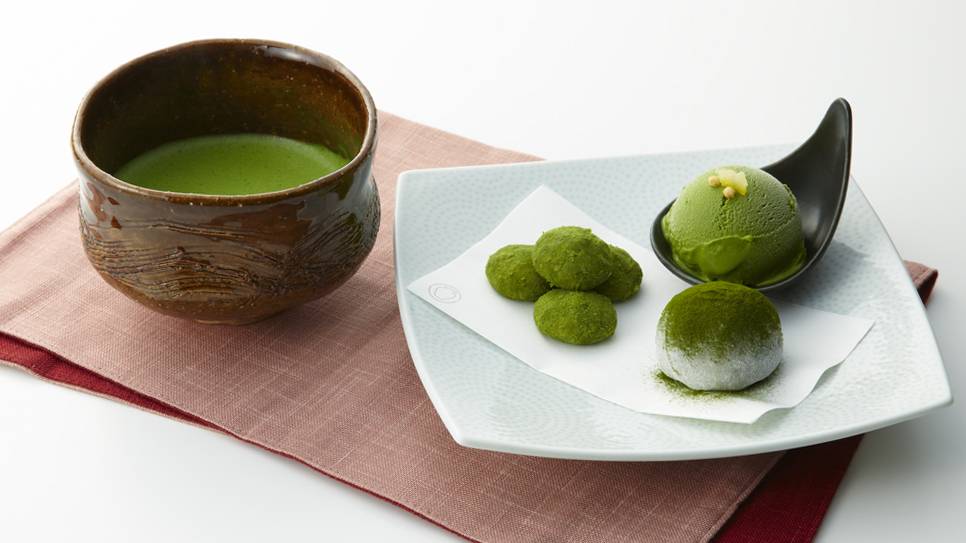
Taken from the official website of Tsuboichi Seicha
Plenty of Tauboichi Seicha’s matcha is used in a Sweets Set Menu.
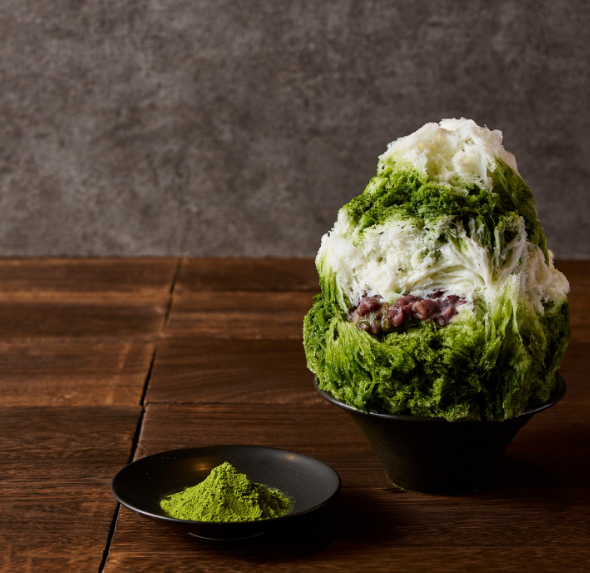
Taken from the official Instagram account of Tsuboichi Seicha
Ice shaved with the sharpest knives of Sakai blades is gently fluffy and is often called “weightless”.
Prepared exclusively with the first flush matcha tea specially selected for use in shaved ice.
Sen no Rikyu is said to have worked and produced tea ceremonies for Oda Nobunaga and Toyotomi Hideyoshi, two of the three great bushō(unifiers) of Japan. He would be proud to see the tea culture thrive further through tea paring dinners and more and contribute to the prosperity of Sakai.
Wagashi and its Focus on the Basics
There was no custom to serve sweets with tea during the time of Sen no Rikyu but as the production of sugar increased, sweet treats were used to enhance omotenashi for the guests. One of Sakai’s famous confections, kurumimochi, is said to have been available for sale in the Muromachi Period, but the sales of various wagashi didn’t begin until the Edo Period (1603 – 1868 CE). Most wagashi sold then could be categorized as “mochi mono”(rice cake thing) and included rice-based confections like daifuku (round mochi filled with adzuki(rea bean) paste), ohagi (sweet rice balls with adzuki bean filling), and dango (sticky dumplings made of sweet rice).
Confectionary Tenjinmochi originated during the post-war period in 1952, when the current owner’s collaborated with other wagashi artisan to produce and sell mochi near Sugawara Shrine (where the current shop is located). Confectionary Tenjinmochi, located a mere 3-minute walk from Hankai Tramway’s Hanataguchi Station
Confectionary Tenjinmochi, located a mere 3-minute walk from Hankai Tramway’s Hanataguchi Station
Tenjinmochi is a simple confection—it is a seppei mochi (made with gyuhi, a softer variety of mochi) filled with chunky, high quality adzuki bean paste. The first mochi sold at this more-than-half-century-old confectionary has evolved over the years (the sweetness has been adjusted) yet continues to be the most popular product. It is one of wagashi’s characteristics that one of the oldest forms of wagashi, mochi, remains to be a firm favorite despite the whole variety of wagashi created over its long history.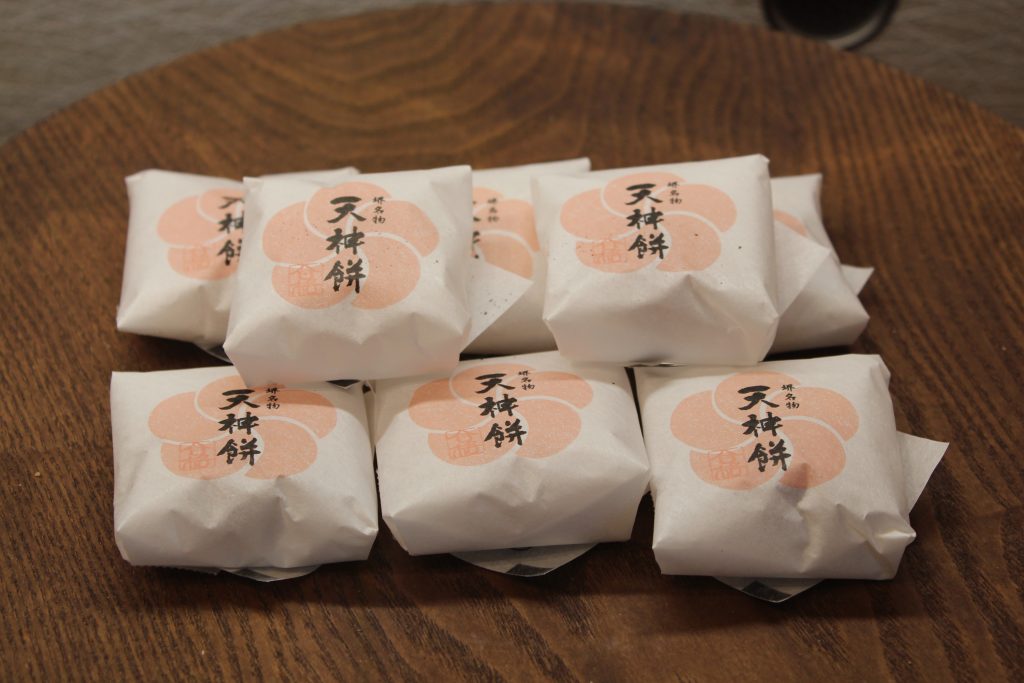 Bite size Tenjinmochi is a classic wagashi made with select ingredients produced in Japan.
Bite size Tenjinmochi is a classic wagashi made with select ingredients produced in Japan.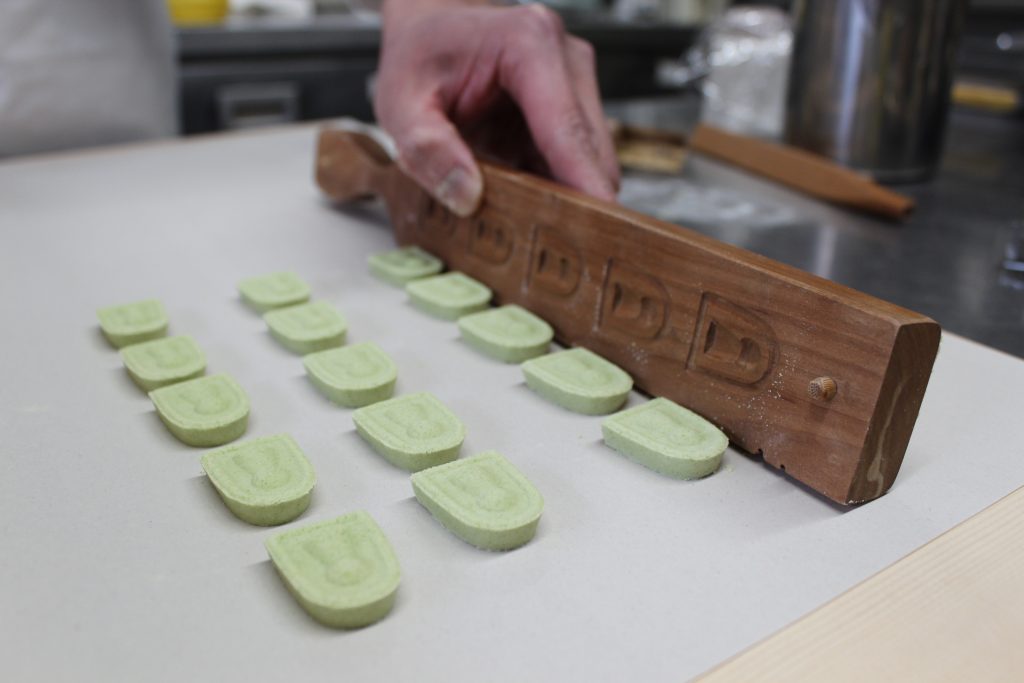 Wasanbon-fun created in the image of kofun ancient burial mounds of Sakai has a mild sweetness perfect for tea.
Wasanbon-fun created in the image of kofun ancient burial mounds of Sakai has a mild sweetness perfect for tea.
New Initiatives
Two years ago, Makoto Katayama, the 3rd-generation owner of Confectionary Tenjinmochi, created a new brand he calls tenjinmochi+ in response to the voices of Japanese children who no longer favor adzuki paste. Pies, flans, cheesecakes, and other pastries have been re-created with adzuki bean paste under the tenjinmochi+ brand name. Through in corporating adzuki paste into Western confections favored by children, Katayama hopes to “eliminate their negative perception towards adzuki paste as they eat it unconsciously”.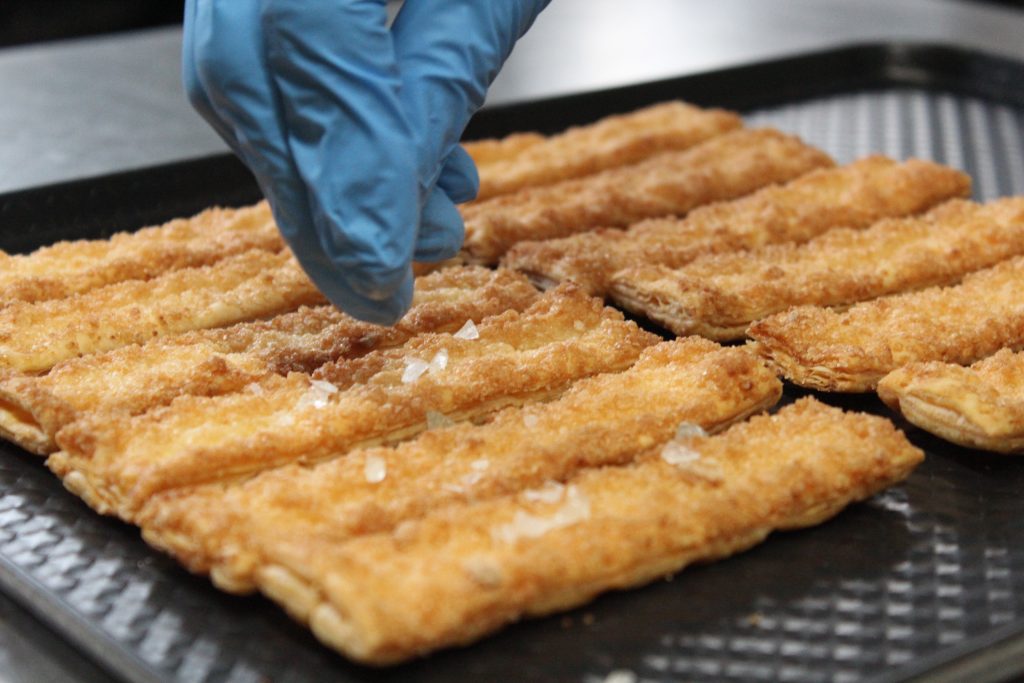 tenjinmochi+ Brands’ popular Sakai Teppo Pie (sold from mid-September to late May) has a flaky crust.
tenjinmochi+ Brands’ popular Sakai Teppo Pie (sold from mid-September to late May) has a flaky crust.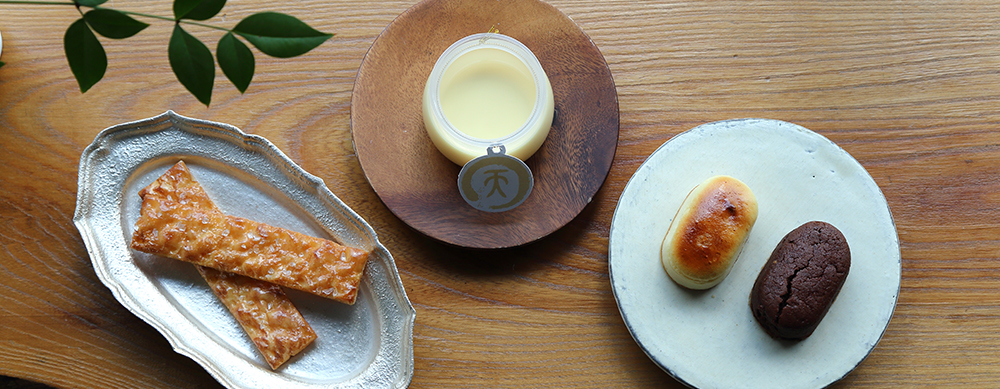 The fusion of Western pastry and Japanese adzuki beans is popular among all age groups.
The fusion of Western pastry and Japanese adzuki beans is popular among all age groups.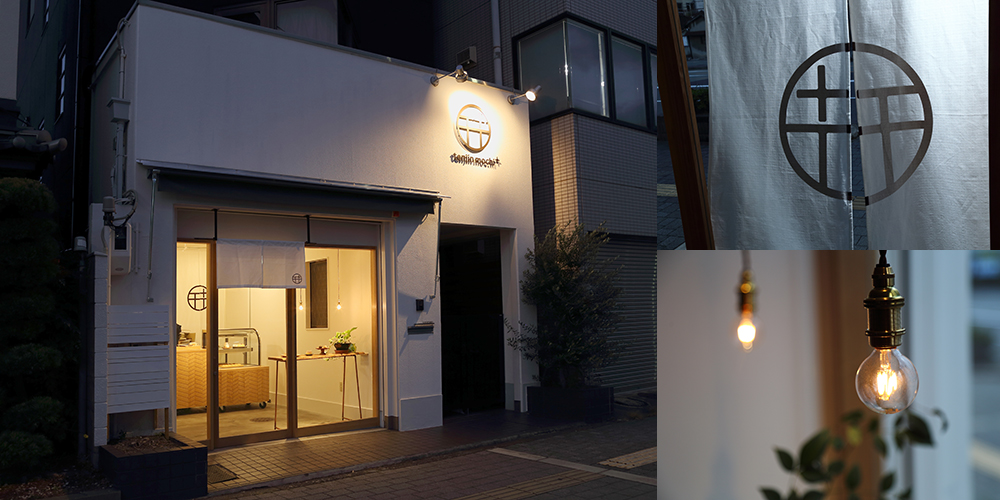 The tenjinmochi+ shop next to Confectionary Tenjinmochi looks like a stylish cafe on its exterior and is open on Fridays and Saturdays only (11:00am – 4:00pm).
The tenjinmochi+ shop next to Confectionary Tenjinmochi looks like a stylish cafe on its exterior and is open on Fridays and Saturdays only (11:00am – 4:00pm).
Katayama’s initiatives also include wagashi workshops at schools. In his workshop, children learn to make nerikiri, wagashi made with white bean paste and a thickener. The moldable confection is perfect for children who love crafts and clay art. Through this rare opportunity to make anime character nerikiri, children get to familiarize themselves with wagashi.
How to Make Nerikiri ① Prepare the filling and the dough in two colors.
① Prepare the filling and the dough in two colors.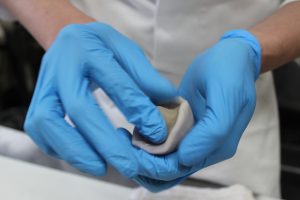 ② Roll out the first purple dough into a thin circle layer. Put the second white dough on top of the first and roll it out in a similar manner. Then wrap the dough around the filling.
② Roll out the first purple dough into a thin circle layer. Put the second white dough on top of the first and roll it out in a similar manner. Then wrap the dough around the filling.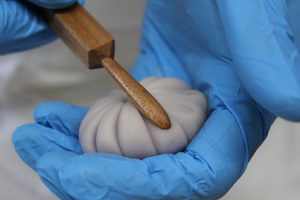 ③ Shape it into a flower and add designs.
③ Shape it into a flower and add designs. ④ The finished product.
④ The finished product.
A variety of themes can be used in designing nerikiri, including flowers, animals, and other elements of nature. The four seasons are often reflected in nerikiri designs and, despite the advancement of mechanization in the modern era, every nerikiri is hand made by a trained artisan still today.
Experiencing Chanoyu at Sakai Risho no Mori
Sakai Risho no Mori, also called the Sakai Plaza of Rikyu and Akiko, offers an authentic Chanoyu experience where you can make your own tea. (An advance reservation is required.) For those who prefer something more casual, Ryurei Teicha offers a casual tea ceremony where participants can be seated in a chairs, no reservation required. Wagashi is provided by a different established wagashi maker of Sakai each month.
https://www.sakai-rishonomori.com/
